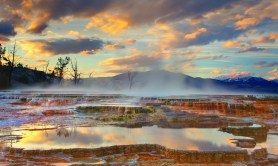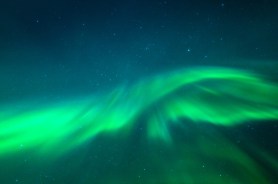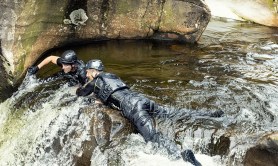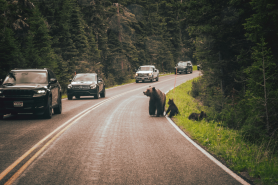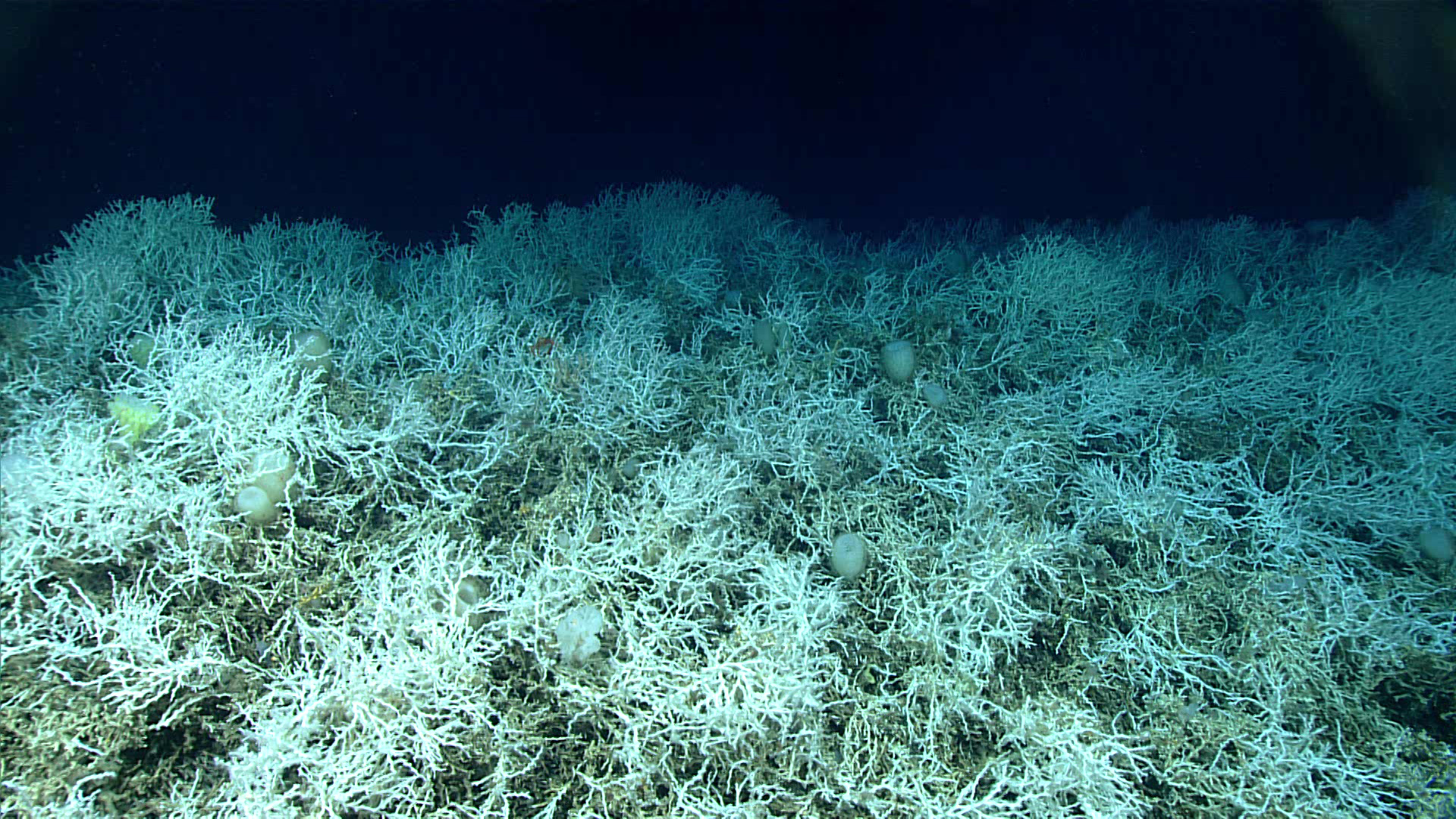

Scientists have identified a vast area of deep-sea coral, stretching from the coast of Florida to South Carolina. It measures 6.4 million acres (25,000 square km), which is larger than the state of Vermont and three times the size of Yellowstone National Park.
Videos by Outdoors with Bear Grylls
The unusual underwater seascape is made up of cold-water coral mounds. It is the deepest coral habitat to be discovered to date. It lies 1,970 to 2,625 feet (600-800 m) below the surface and is only accessible by underwater vehicles.
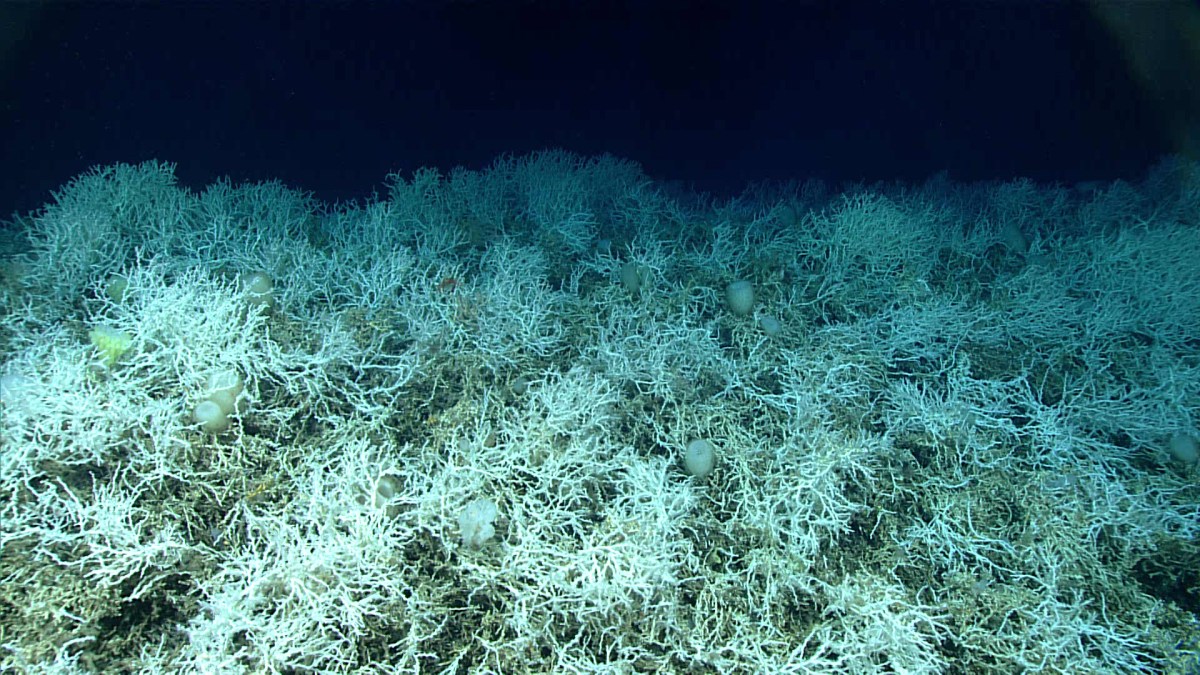
While you might expect deep-sea coral to look vibrant and colorful, this type of coral (Desmophyllum pertusum) is white, unlike tropical coral. Its white color is a sign that it is healthy, according to the scientists. The coral thrives in cool water temperatures or 39 degrees Fahrenheit (4 degrees Celsius) and no sunlight.
The Deep-Sea Corals of the Blake Plateau
Scientists have been aware of a coral ecosystem in this area since the 1960s. The coral mounds of the Blake Plateau, nicknamed the “million mounds” have fascinated biologists for many years. This latest exploration, using mapping data and multi-beam sonar surveys, conducted by several agencies, has produced a clearer picture of the seafloor. The research was published in the Geomatics science journal.
“For years we thought much of the Blake Plateau was sparsely inhabited, soft sediment, but after more than 10 years of systematic mapping and exploration, we have revealed one of the largest deep-sea coral reef habitats found to date anywhere in the world,” said Kasey Cantwell, operations chief for NOAA Ocean Exploration.
Most of the world’s oceans remain unmapped, and what lies beneath the surface is still a mystery. With continued efforts in the field of oceanography, new discoveries like this one and another new coral reef discovered in the Galapagos, will help uncover more insights into what lives beneath the surface of the ocean.


